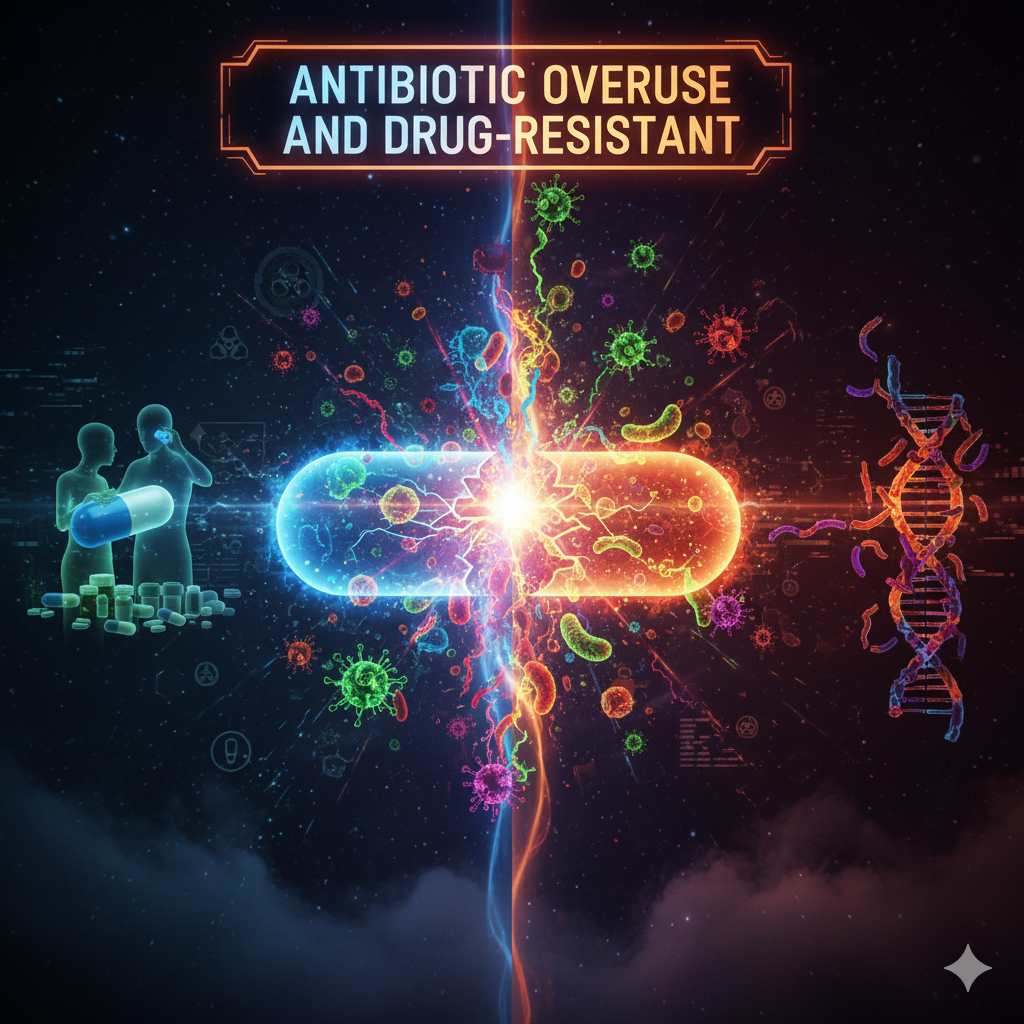Introduction
India, with its vast population and agrarian economy, faces a dual challenge—ensuring food security for more than 1.4 billion people while maintaining ecological sustainability. Biotechnology, often hailed as the frontier of modern science, holds tremendous potential to revolutionize agriculture by increasing crop yields, enhancing resistance to pests and diseases, and improving nutritional quality. However, its application in Indian agriculture is a topic of intense debate due to concerns surrounding biodiversity, biosafety, farmer autonomy, and long-term sustainability.
This article delves into how biotechnology is transforming Indian agriculture, explores key innovations, and assesses the balance between technological advancement and sustainable development.
Understanding Agricultural Biotechnology
Agricultural biotechnology refers to the use of scientific tools and techniques, including genetic engineering, molecular markers, tissue culture, and genome editing, to modify living organisms—mainly crops—for desired traits. In India, biotech applications in agriculture began in earnest in the 1990s, with the development of pest-resistant and high-yielding crop varieties.
Key Techniques in Agricultural Biotechnology
- Genetic Engineering: Inserting genes from one organism into another to produce desired traits such as pest resistance (e.g., Bt cotton).
- Tissue Culture: Growing plants from cells in laboratory conditions to produce disease-free and high-yield varieties.
- Marker-Assisted Selection (MAS): Using genetic markers to speed up the breeding of crops with preferred traits.
- CRISPR and Genome Editing: Precise modifications at the DNA level to enhance traits like drought resistance or improved nutrition.

Biotech Applications in Indian Agriculture
1. Bt Cotton: India’s First GM Crop
Bt (Bacillus thuringiensis) cotton, introduced in 2002, was India’s first genetically modified (GM) crop. It contains a gene from the bacterium Bacillus thuringiensis that makes the plant resistant to bollworm, a major cotton pest.
Impact:
- Cotton yields increased significantly.
- Pesticide use was reduced, lowering input costs.
- India became one of the world’s largest cotton exporters.
Concerns:
- Emergence of secondary pests.
- Resistance development in bollworms.
- Declining soil health and loss of biodiversity.
2. Tissue Culture in Horticulture
Tissue culture has been used extensively in crops like banana, sugarcane, and orchids.
Benefits:
- Disease-free planting material.
- Uniformity in crop quality.
- Rapid multiplication of superior plant varieties.
3. Biofertilizers and Biopesticides
Biotech-based microbial inputs have been promoted to reduce chemical dependency in farming.
Examples:
- Rhizobium and Azospirillum bacteria used for nitrogen fixation.
- Trichoderma fungi used as a biocontrol agent against soil pathogens.
Current Status of GM Crops in India
As of 2025, Bt cotton remains the only GM crop approved for commercial cultivation in India. Other GM crops like Bt brinjal, herbicide-tolerant mustard (Dhara Mustard Hybrid-11), and GM maize have faced delays or bans due to socio-political and environmental concerns.
Regulatory Framework
India’s biotech crop regulation involves:
- Genetic Engineering Appraisal Committee (GEAC) under the Ministry of Environment, Forest and Climate Change.
- Indian Council of Agricultural Research (ICAR) for field trial oversight.
- Food Safety and Standards Authority of India (FSSAI) for assessing food safety.
Benefits of Biotechnology in Indian Agriculture
1. Enhanced Crop Productivity
Biotech crops are designed for higher yields under adverse conditions, thus supporting India’s food security goals.
2. Pest and Disease Resistance
Genetic modifications can make crops resistant to pests and diseases, significantly reducing crop losses.
3. Environmental Benefits
Reduced reliance on chemical fertilizers and pesticides can lead to lower groundwater contamination and better ecosystem health.
4. Climate Resilience
Biotechnology allows the development of drought-tolerant, salinity-tolerant, and heat-resistant crops essential for climate-resilient agriculture.
5. Nutritional Enhancement
Biofortified crops like Golden Rice (with Vitamin A) and iron-rich millets are being researched to combat hidden hunger in India.
Challenges and Concerns
1. Biodiversity Loss
The widespread adoption of a few genetically uniform crops may threaten local crop varieties, reducing genetic diversity.
2. Farmer Dependency
Biotech seeds are often patented by multinational corporations, potentially creating long-term dependency for Indian farmers.
3. Ethical and Health Concerns
Opponents argue that insufficient research exists on long-term health impacts of GM food, though scientific consensus suggests they are safe when properly regulated.
4. Ecological Risks
Unintended gene transfer, development of superweeds, and impact on non-target organisms remain significant concerns.
5. Socio-Economic Disparities
Small and marginal farmers often lack access to biotechnology due to high costs and lack of awareness, widening rural inequalities.
Biotechnology and Sustainability: The Balancing Act
To ensure biotechnology serves both innovation and sustainability, India must adopt a multi-pronged approach that integrates science, ethics, and inclusive development.
1. Embracing Agroecological Approaches
Biotechnology should complement, not replace, agroecological practices such as crop rotation, organic farming, and integrated pest management.
2. Strengthening Indigenous Knowledge
Indian agriculture is rich in traditional farming wisdom. Biotech solutions must align with and enhance these practices rather than override them.
3. Farmer-Centric Innovation
Involving farmers in the development, testing, and dissemination of biotech tools ensures that technologies meet real-world challenges and empower users.
4. Regulatory Reforms
There is a need for a transparent, science-based, and participatory regulatory framework to build public trust and ensure biosafety.
5. Promoting Public Sector Research
Public institutions like ICAR, DBT (Department of Biotechnology), and state agricultural universities must be adequately funded to lead innovation without commercial pressures.
Recent Developments and Future Prospects
1. Genome Editing in Focus
India has recently formulated guidelines to ease the regulation of low-risk genome editing techniques like CRISPR-Cas9, especially in non-transgenic crops. This opens doors to faster, safer, and more acceptable innovations.
2. Biofortification Projects
ICAR has released several biofortified varieties of rice, wheat, maize, and pulses rich in zinc, iron, and protein—an approach that uses conventional and molecular breeding.
3. Sustainable Seed Hubs
Government schemes like National Mission on Sustainable Agriculture (NMSA) and Paramparagat Krishi Vikas Yojana (PKVY) are promoting quality seeds, including biotech-based seeds, through community-level seed banks.
4. AI and Biotech Integration
Artificial intelligence is increasingly being integrated with biotech for precision agriculture—tracking gene expression, predicting disease outbreaks, and improving crop modeling.

Case Studies
Case 1: Bt Cotton in Maharashtra
Farmers in Maharashtra initially saw dramatic yield increases and income growth. However, secondary pest attacks and high seed costs later led to distress. This highlights the need for integrated pest management and better seed regulation.
Case 2: Tissue-Cultured Banana in Tamil Nadu
Adoption of tissue-cultured banana plants led to uniform fruit size, higher yields, and better market prices, boosting incomes for smallholders in the region.
Case 3: Biofortified Wheat in Uttar Pradesh
Varieties like WB02 rich in zinc are gaining traction among farmers and consumers, contributing to improved nutrition without major changes in agricultural practices.
Recommendations for Sustainable Biotech Adoption
- Expand Public Awareness Programs: Educating farmers and consumers about biotech safety, benefits, and choices is crucial.
- Ensure Seed Accessibility: Subsidize or regulate prices of biotech seeds to ensure affordability for small farmers.
- Promote Research in Local Crops: Focus biotech research on traditional Indian crops like millets, pulses, and oilseeds to enhance sustainability.
- Establish Ethical Oversight Bodies: A multidisciplinary panel including farmers, scientists, environmentalists, and ethicists should evaluate new technologies.
- Strengthen International Cooperation: India can learn from biotech governance models in countries like Brazil and the Philippines while contributing its own innovations to global agriculture.
Conclusion
Biotechnology offers transformative potential for Indian agriculture. It can address many of the sector’s pressing challenges—productivity stagnation, climate vulnerability, pest infestations, and malnutrition. Yet, uncritical adoption risks ecological damage, socio-economic inequity, and erosion of traditional knowledge systems.
The key lies in adopting a balanced, inclusive, and regulated approach—one that respects both the power of innovation and the principles of sustainability. India’s future in agriculture must be both technologically advanced and ecologically harmonious, with farmers placed at the center of this transformation.
Summary Points
Recent advances in genome editing, biofortification, and AI show promising directions.
Biotechnology in agriculture includes genetic engineering, tissue culture, genome editing, etc.
India’s only commercial GM crop is Bt cotton, with others under regulatory review.
Benefits include increased yield, pest resistance, and climate resilience.
Concerns include biodiversity loss, farmer dependency, ecological risks, and ethical issues.
Sustainability requires integrating biotechnology with agroecological practices and public engagement.




